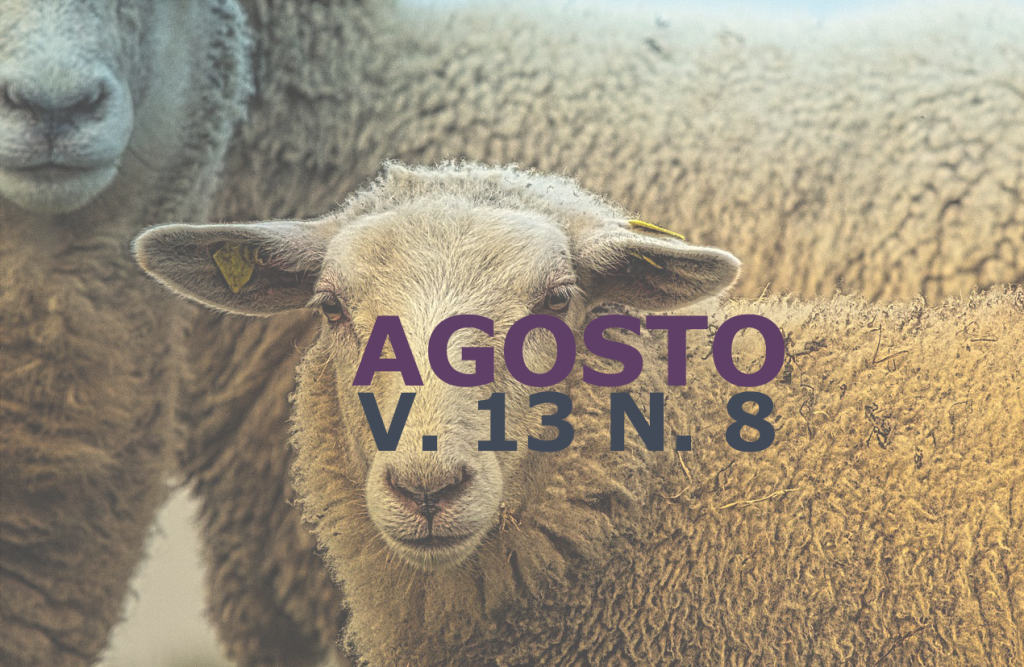Production and characterization of flour chemistry of fish silage, destined to aquaculture
DOI:
https://doi.org/10.31533/pubvet.v13n8a383.1-9Keywords:
acetic acid, Cyphocharax vog, discards, fishingAbstract
Chemical fish silage is a liquid product elaborated with whole fish or parts of them, with the addition of a few acids or mixture of them, with the liquefaction of the mass being done by enzymes already present in fish. The objective of this study was to evaluate the utilization of fresh water fish Voga (Cyphocharax voga). This species is of low commercial value, found abundantly in Rio Grande do Sul and captured by non-professional fishermen, being discarded soon after capture constituting a problem for fishermen and industries. Besides being poluents, highly nutritive products are wasted. Acetic acid silage was elaborated with ground fish dregs, added 10% acetic acid during 15 days and pH monitored daily. Amino acids, minerals and chemical composition analyses were performed. Results showed that the production of fish chemical silage was satisfactory, allowing decrease in environment pollution and utilization of a promising product in pisciculture. At the end of hydrolysis the protein composition was of 62% showing practically the same composition of the raw material (protein content of 55.49%, 20.79% lipids and 23.12% of total minerals). Silage presented adequate aminoacid and mineral composition, suggesting the utilization of this silage, prepared from fresh water fish dregs, as protein source in fish ration formulation.
Downloads
Published
Issue
Section
License
Copyright (c) 2019 Dariane Beatriz Schoffen Enke, Paulo Rodinei Soares Lopes, Cleber Bastos Rocha, Juvêncio Luiz Osório Fernandes Pouey

This work is licensed under a Creative Commons Attribution 4.0 International License.
Você tem o direito de:
Compartilhar — copiar e redistribuir o material em qualquer suporte ou formato
Adaptar — remixar, transformar, e criar a partir do material para qualquer fim, mesmo que comercial.
O licenciante não pode revogar estes direitos desde que você respeite os termos da licença. De acordo com os termos seguintes:
Atribuição
— Você deve dar o crédito apropriado, prover um link para a licença e indicar se mudanças foram feitas. Você deve fazê-lo em qualquer circunstância razoável, mas de nenhuma maneira que sugira que o licenciante apoia você ou o seu uso. Sem restrições adicionais
— Você não pode aplicar termos jurídicos ou medidas de caráter tecnológico que restrinjam legalmente outros de fazerem algo que a licença permita.





